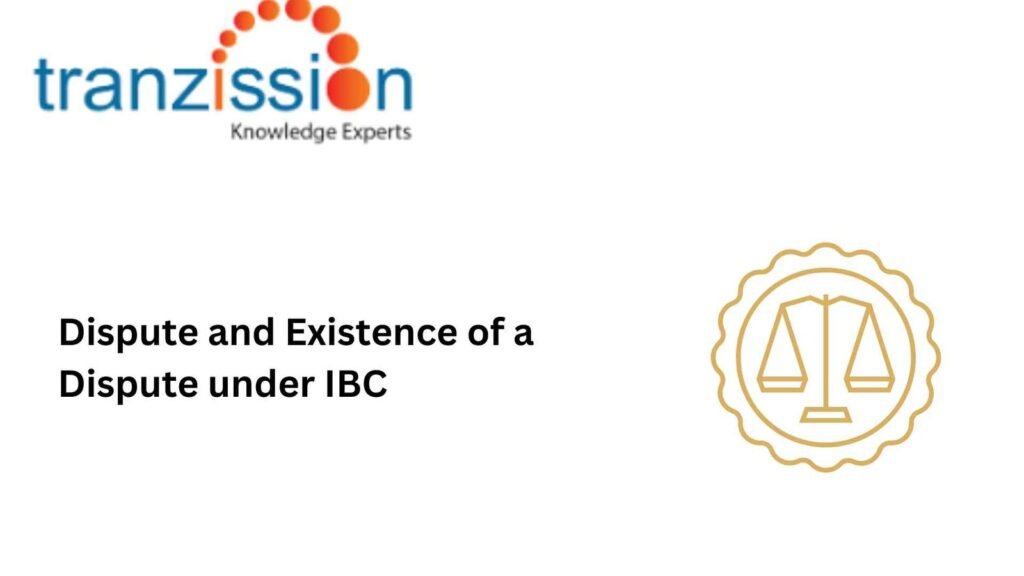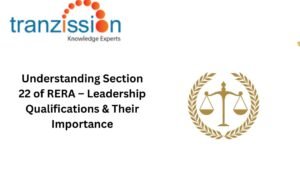
Dispute and Existence of a Dispute under IBC

Table of Contents
The object of the insolvency framework in India, at least so far as operational creditors are concerned, is to initiate the insolvency process against the corporate debtor only in clear cases where a real dispute between the parties regarding the debt owed did not exist. The Insolvency and Bankruptcy Code, 2016 (IBC) was not intended to be a substitute for a recovery forum and whenever there was the existence of a real Dispute under IBC provisions cannot be invoked.
Understanding “Dispute” & “Existence of Dispute” Under IBC
What Is a Dispute Under IBC?
According to Section 5(6) of the IBC, a “Dispute under IBC” includes a suit or arbitration proceedings relating to the existence of the amount of debt, the quality of goods or services, or the breach of a representation or warranty. This definition is inclusive, encompassing a broad range of potential disagreements beyond just the amount of debt owed such as court proceedings initiated before the demand notice under Section 8 of IBC and any prior communication indicating disagreement over the claim.
Suggested Reading: Importance of Continuous Education for Insolvency Professionals
What is the Role of Dispute in Insolvency Proceedings?
If a substantial dispute exists regarding a debt, it can delay the insolvency resolution process as the court may need to resolve the Dispute under IBC before moving forward with liquidation or restructuring plans. Debtors may raise pre-existing disputes with creditors prior to the insolvency proceedings to potentially challenge the validity of certain debts and potentially avoid being subject to the insolvency process. The Adjudicating authority, the National Company Law Tribunal (NCLT), plays a crucial role in determining whether a raised Dispute under IBC is genuine and if it should be addressed before proceeding with the resolution process. If the corporate debtor can establish a pre-existing dispute, the application can be rejected by the NCLT.
Key Judicial Precedents Defining “Existence of Dispute”
Interpreting the expression “existence of a dispute” occurring in section 8(2)(a) of the IBC, the Supreme Court in Mobilox Innovations Pvt. Ltd. v. Kirusa Software Pvt. Ltd., allowed Mobilox’s appeal holding that there was a Dispute under IBC in existence which was sufficient to defeat the application filed by Kirusa. The court held that the “existence of a dispute” must be genuine, not a fabricated defense and the dispute need not be pending in court—documented disagreements between parties suffice and operational creditors cannot use IBC as a debt recovery tool if a valid dispute exists. The Supreme Court in Kay Bouvet Engineering Ltd. v. Overseas Infrastructure Alliance upheld the NCLT’s decision, and stated that an arbitration notice before the IBC demand notice qualifies as a Dispute under IBC and blocks the insolvency application. In another case, the Supreme Court held that an ongoing arbitration proceeding amounts to a pre-existing dispute, preventing CIRP initiation.
Challenges in Determining the Existence of a Dispute
Grey Area in Interpreting “Genuine Disputes”:
Genuine Dispute under IBC have an ambiguous interpretation, making it difficult for courts and insolvency professionals to establish the existence of a dispute. Debtors often misuse the “existence of a dispute provision under the IBC by raising frivolous or non-existent disputes to delay or avoid insolvency proceedings against them.
Lack of Clarity on Documentary Evidence:
In several insolvency cases, the “existence of default” may be difficult to prove because there is a lack of documentary evidence. Judicial precedents are still unclear on whether informal disputes, such as emails or verbal disagreements qualify under IBC.
Burden of Proof on Corporate Debtor:
Under the IBC, the burden of proof largely lies with the corporate debtor to demonstrate that a default did not occur when a creditor initiates insolvency proceedings. They must provide substantial evidence of an actual dispute, but NCLT discretion varies case by case.
Suggested Reading:How Legislative Amendments are Shaping IBC
Conclusion
The “existence of a dispute” is crucial because it acts as a bar to initiating an insolvency resolution process against a company if there is a genuine disagreement between the parties regarding the debt owed. This provision aims to prevent the IBC from being misused to pressure a debtor into payment when a legal dispute exists, encouraging parties to resolve their issues through established legal channels first. This concept is particularly relevant for operational creditors who can only initiate insolvency proceedings if there is no substantial dispute regarding the debt owed. The dispute must exist before the demand notice is issued to the debtor for it to be considered a valid reason to reject an insolvency petition.





